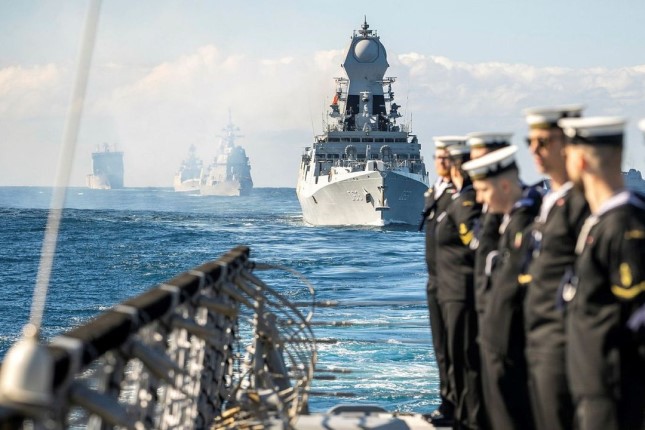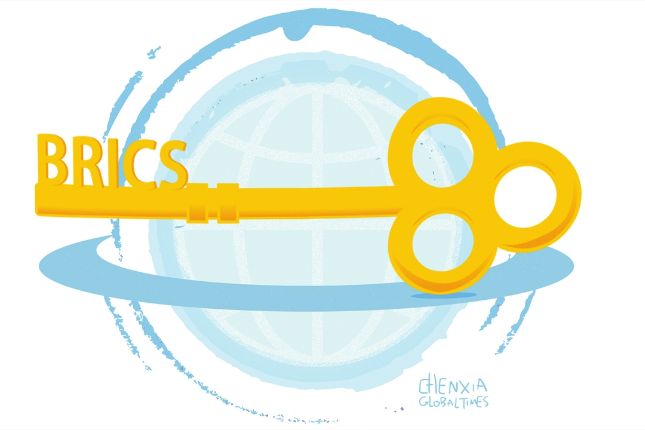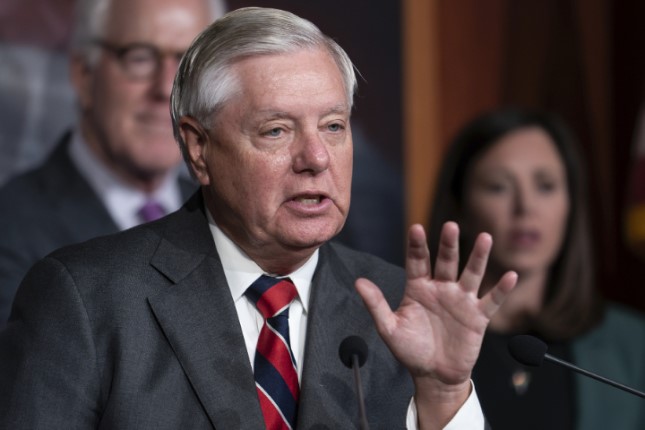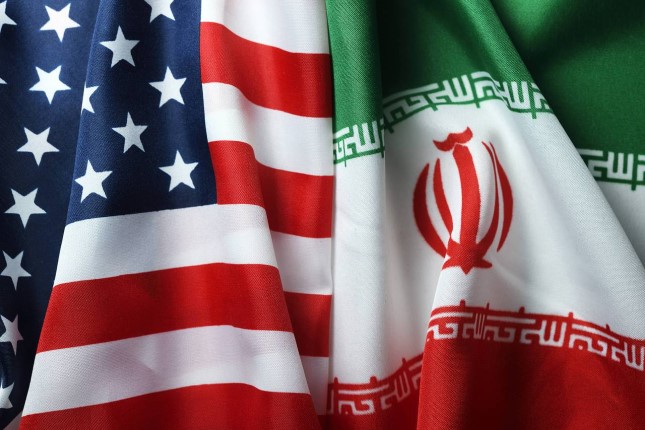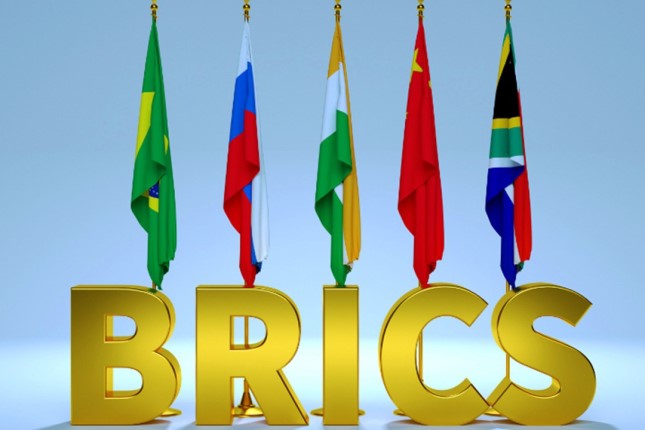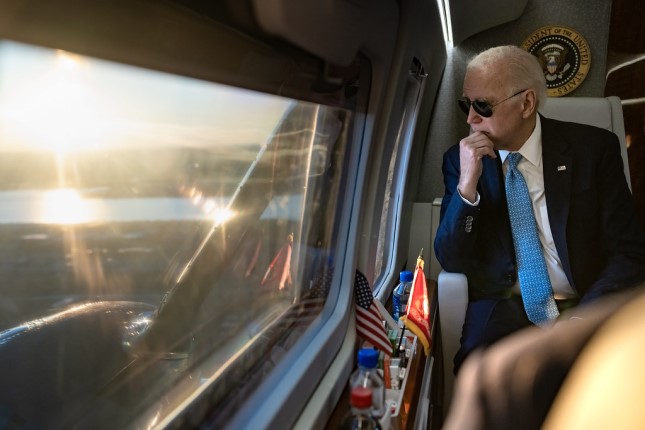The Malabar naval exercises, coming on top of a flurry of US-led military activities throughout the region, particularly focussed on Australia, are unmistakably directed against China.
The exercises began in the early 1990s as relatively modest bilateral training involving India and the United States. The naval drills were hosted by India, and aimed at deepening ties between Washington and New Delhi as the latter increasingly opened up to the West and began to dispense with its longstanding non-aligned status.
Over the past decade in particular, Malabar has expanded substantially. Key US allies have joined in the exercises, which have frequently strayed far from the ports and waters of India, that nominally hosts the games.
Several iterations of Malabar have been conducted in the Philippines Sea, under conditions of US-stoked tensions between that country and China over conflicting maritime claims. At the same time, Australia and Japan have been integrated into successive exercises.
This year’s version of the biannual exercises, however, are the most removed from the origins and formal purpose of Malabar, as an Indian naval exercise. Instead, it is functioning as a show of force of the states that comprise the Quadrilateral Strategic Dialogue (Quad), a de facto military alliance directed against China comprised of the US, Australia, Japan and India.
Malabar began last Friday, with a phase of activities in Sydney Harbour. The location, one of the most readily identifiable in Australia, is a signal of the importance assigned to the exercises.
The harbour phase was set to conclude on August 15, to be followed by at-sea operations. Each of the participating nations have dispatched a naval destroyer together with smaller and supporting warships. Australian and US submarines are also participating, along with surveillance aircraft and fighter jets.
As is always the case with such war games, little specific information on the activities has been made public. US Naval Institute News reported the at-sea phase will include “a wide range of tactical exercises, such as surface warfare, anti-submarine warfare, air defense, special forces and replenishment at sea exercises.”
Defence Connect, an industry publication, cited HMAS Brisbane Commanding Officer Commander Kingsley Scarce who said the “exercise is designed to improve the warfighting capability of the Royal Australian Navy and key regional partners.” Scarce added that “Malabar is important in ensuring that the navies are able to understand one another in contingencies.”
Able Seaman Jedd Bushnell explained to the publication that “such exercises were essential for maintaining navy readiness, with Malabar scheduled to include engagement of surface targets using an array of weapons systems and even boarding operations.”
The comments, though patchy, make clear that advanced maritime warfare capabilities are being tested and acted out. The exercises are aimed at deepening the “interoperability” between the naval forces involved, so they can rapidly respond to a “contingency,” i.e., a war scare or an actual military clash.
Despite beginning in Sydney Harbour, Malabar has been all but entirely hidden from the population. Hardly any reports have appeared in the mass media, while the Australian Labor government has said as little as possible about the character of the exercises or their purpose. As has been the case for over a decade, Australia’s ever more prominent role in the US-led preparations for war against China has the character of a conspiracy against democracy and the population itself.
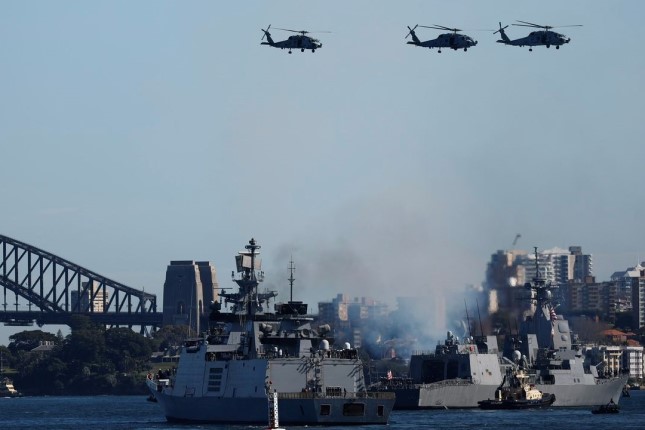
Indian, Japanese, US and Australian navy vessels in Sydney Harbour about to begin Exercise Malabar off the east coast of Australia, 11-22 August, 2023. Photo: RichardMarlesMP.
The handful of reports about the exercises, in the financial press and defence publications, have underlined the anti-China character of the operation.
An article in the Strategist, an outlet of the hawkish Australian Strategic Policy Institute (ASPI), provided a potted history of the Malabar exercises.
In particular, it recalled that the 2007 expansion of the exercises to incorporate Japan and Australia had triggered formal protests from China. The following year, Labor Prime Minister Kevin Rudd temporarily suspended Australian participation. That was connected to Rudd’s broader skepticism regarding the Quad, which he saw as an unnecessary provocation against China and pulled out of it.
Rudd was fully committed to the US alliance. Documents subsequently published by WikiLeaks showed he had undertaken to join a US-led war with China if it eventuated. But at the same time, Rudd voiced limited tactical criticisms, calling on the US to reach a modus vivendi with Beijing to mitigate against the risk of all-out war. As a consequence, Rudd was ousted as prime minister in a 2010 backroom coup orchestrated by Labor and trade union apparatchiks who were later exposed as protected sources of the US embassy.
The ASPI article noted that from 2015, the Australian government had expressed an eagerness to participate in the Malabar exercises, under conditions of the well-advanced US pivot to Asia, a vast military build-up directed against China. For several years, however, its overtures were rebuffed as Indian governments sought to hedge their bets amid the growing geo-strategic conflicts in the region.
Australia only rejoined the exercises in 2020, as the Indian government of Prime Minister Narendra Modi tilted towards ever greater support for the US confrontation with China.
The Strategist stated: “Australia’s withdrawal from the exercise, and India’s subsequent reluctance to allow it to rejoin, were clearly linked to China’s perception of both the exercise and the Quad.”
It noted that, “Significantly, the 2020 exercise was executed in the Bay of Bengal—where it was held just before China’s original objection. It has since been held in the Philippine Sea, the East China Sea, and now off the coast of Australia.” Holding the exercises off Australia, “communicates a clear message that the Quad countries have the capability and, through the regularity and complexity of the exercise, the credibility to work together.”
The Malabar exercise follows last month’s iteration of Talisman Sabre. The biannual war games began as US-Australian exercises. But this year’s version encompassed more than 34,000 soldiers from over a dozen countries, including NATO powers such as Germany, and key US regional allies like Japan and South Korea.
Talisman Sabre involved extensive live-fire exercises, including the use of sophisticated missile systems. It included scenarios of maritime and littoral combat clearly aimed at rehearsing a war with China.
Amid Talisman Sabre, US Secretary of State Antony Blinken and Secretary of Defense Lloyd Austin visited Brisbane for US-Australia Ministerial Consultations (AUSMIN). At those talks, representatives of the Labor government pledged to vastly expand US basing arrangements in Australia, as well as to develop joint missile production and stockpiling capabilities. They also signed a secretive agreement related to the conduct of space warfare.
The flurry of activities linked to the war drive is part of Australia’s broader transformation into a militarised, frontline state for conflict with China. That includes the AUKUS pact, with Britain and the US, under which the country is set to acquire a fleet of nuclear-powered submarines, and the government’s Defence Strategic Review, which earlier this year outlined the biggest expansion of the armed forces in 80 years, with a focus on the development of strike capabilities for “impactful projection” throughout the region.
The claims that this has anything to do with “national defence” or protecting “democracy” are a transparent sham. The real aim is to prepare conflict with China because it is viewed as the chief economic threat to American imperialist hegemony.
The bogus character of the claim to be “defending democracy” is graphically underscored by the deepening relations with India. Its government, based on Hindu chauvinism, has been dubbed by international rights’ organisations as an “electoral autocracy.” Modi has presided over vicious state attacks on the Muslim minority, together with social and political opponents of his regime.
Photo: Japanese, Indian, US and Australian navies in Malabar Exercises, 13 August, 2023 © Royal Australian Navy Facebook.
Source: World Socialist Web Site.
